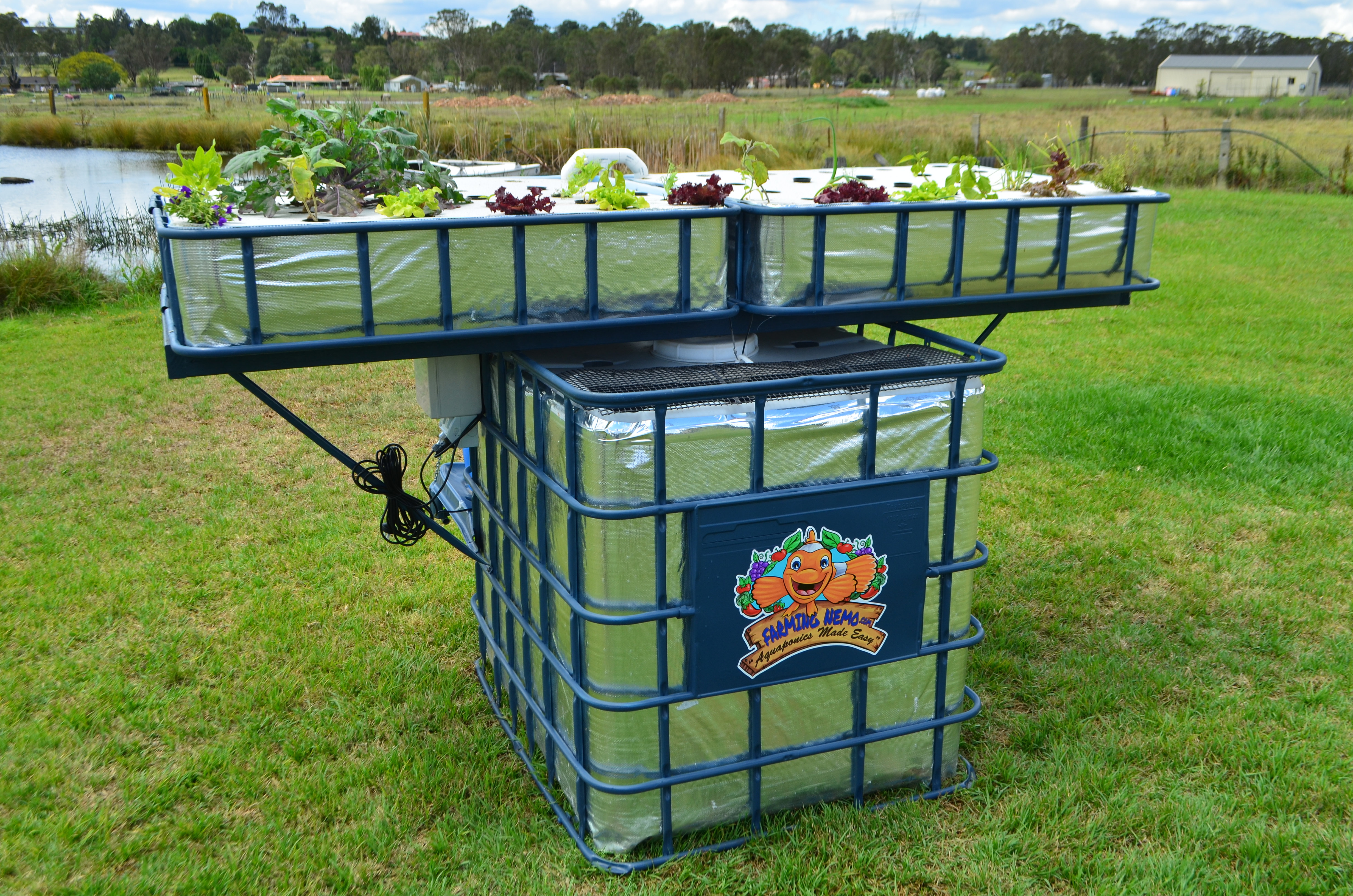Aquaponics kits for sale offer a unique and sustainable way to grow your own food, combining aquaculture (fish farming) and hydroponics (plant cultivation in water). These kits provide a complete solution for both beginners and experienced aquaponics enthusiasts, making it easier than ever to enjoy the benefits of this innovative farming method.
With aquaponics kits for sale, you can produce fresh, healthy fish and vegetables in your own backyard, reducing your reliance on external food sources and promoting self-sufficiency. Whether you’re a seasoned gardener or simply curious about aquaponics, these kits provide a convenient and cost-effective way to get started.
Introduction
Aquaponics combines aquaculture (fish farming) and hydroponics (growing plants in water) to create a sustainable ecosystem. Aquaponics kits for sale provide a convenient way to get started with this innovative method.
Benefits of Aquaponics Kits
Aquaponics kits offer numerous benefits, including:
- Provide a complete and balanced system for raising fish and plants.
- Eliminate the need for chemical fertilizers or pesticides.
- Produce fresh, organic produce year-round.
- Reduce water consumption by up to 90% compared to traditional farming methods.
- Create a self-sustaining ecosystem that is low-maintenance and environmentally friendly.
Components of Aquaponics Kits
Aquaponics kits typically include the following components:
- Fish tank or aquarium
- Grow bed or hydroponic system
- Water pump
- Biofilter
- Nutrient solution
- Fish food
- Instructions and support materials
Types of Aquaponics Kits
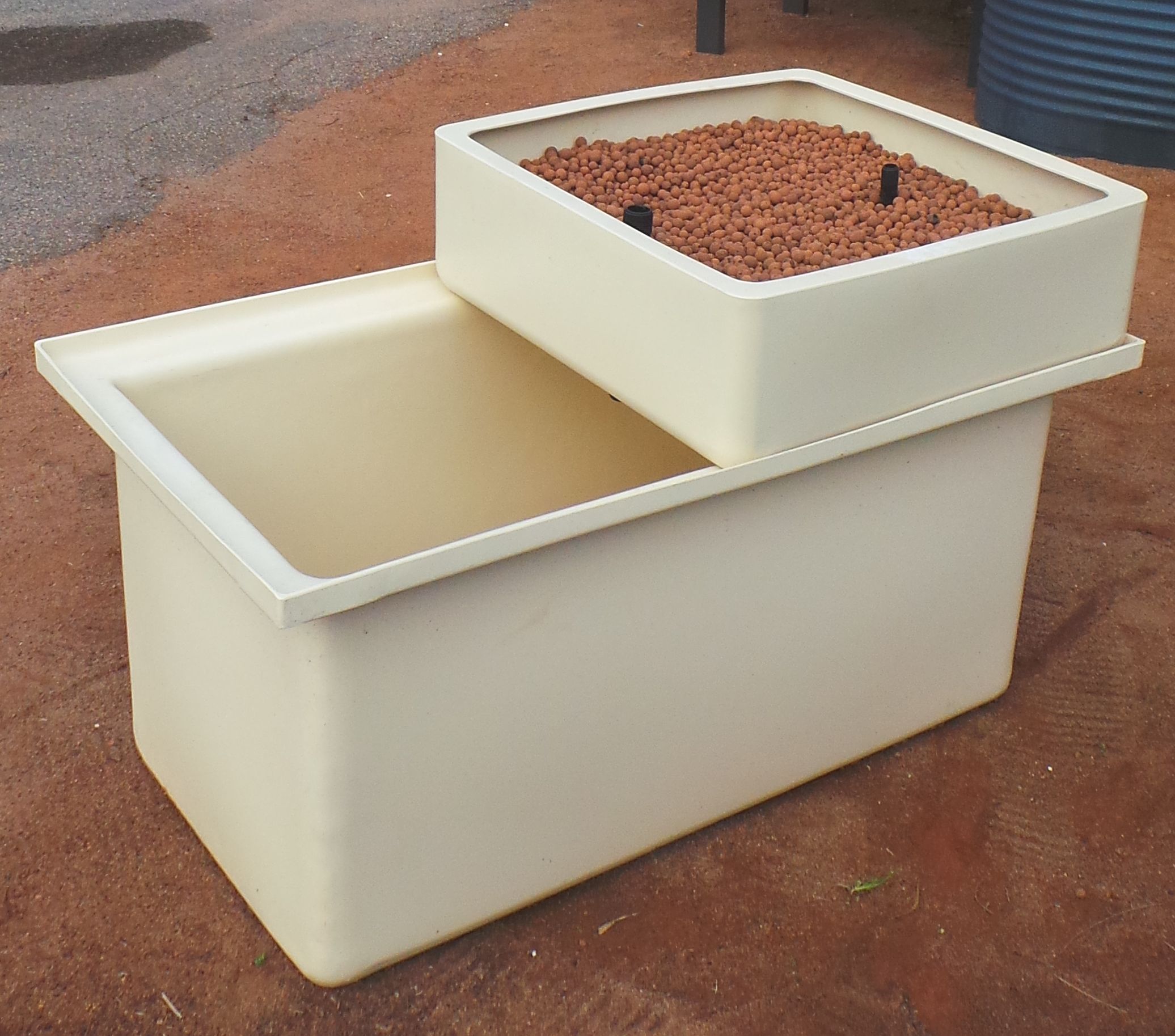
Aquaponics kits come in a variety of sizes and configurations to suit different needs and budgets. Whether you’re a hobbyist looking to grow fresh produce for your family or a commercial farmer seeking to scale up production, there’s an aquaponics kit that’s right for you.
The main types of aquaponics kits include:
Small-scale Kits for Home Use
Small-scale aquaponics kits are designed for home use and are typically compact and easy to set up. These kits are ideal for beginners who want to learn about aquaponics or for those with limited space. Small-scale kits typically include a small fish tank, a grow bed, and a pump to circulate the water.
Some kits also include plants and fish.
If you’re looking for aquaponics kits for sale, consider exploring our selection of aquaponics setup for sale . These setups combine fish farming with plant cultivation, providing a sustainable and efficient way to grow your own food. With our kits, you can enjoy the benefits of aquaponics without the hassle of building your own system.
Browse our kits today and find the perfect solution for your needs.
Commercial-scale Kits for Large-scale Production, Aquaponics kits for sale
Commercial-scale aquaponics kits are designed for large-scale production of fish and plants. These kits are typically larger and more complex than small-scale kits and require more space and maintenance. Commercial-scale kits typically include multiple fish tanks, grow beds, and pumps, as well as automated systems for feeding the fish and monitoring the water quality.
DIY Kits for Those Who Want to Build Their Own Systems
DIY aquaponics kits provide the materials and instructions needed to build your own aquaponics system. These kits are typically less expensive than pre-built kits, but they require more time and effort to assemble. DIY kits are a good option for those who want to customize their system or who have experience with DIY projects.
Features and Components: Aquaponics Kits For Sale
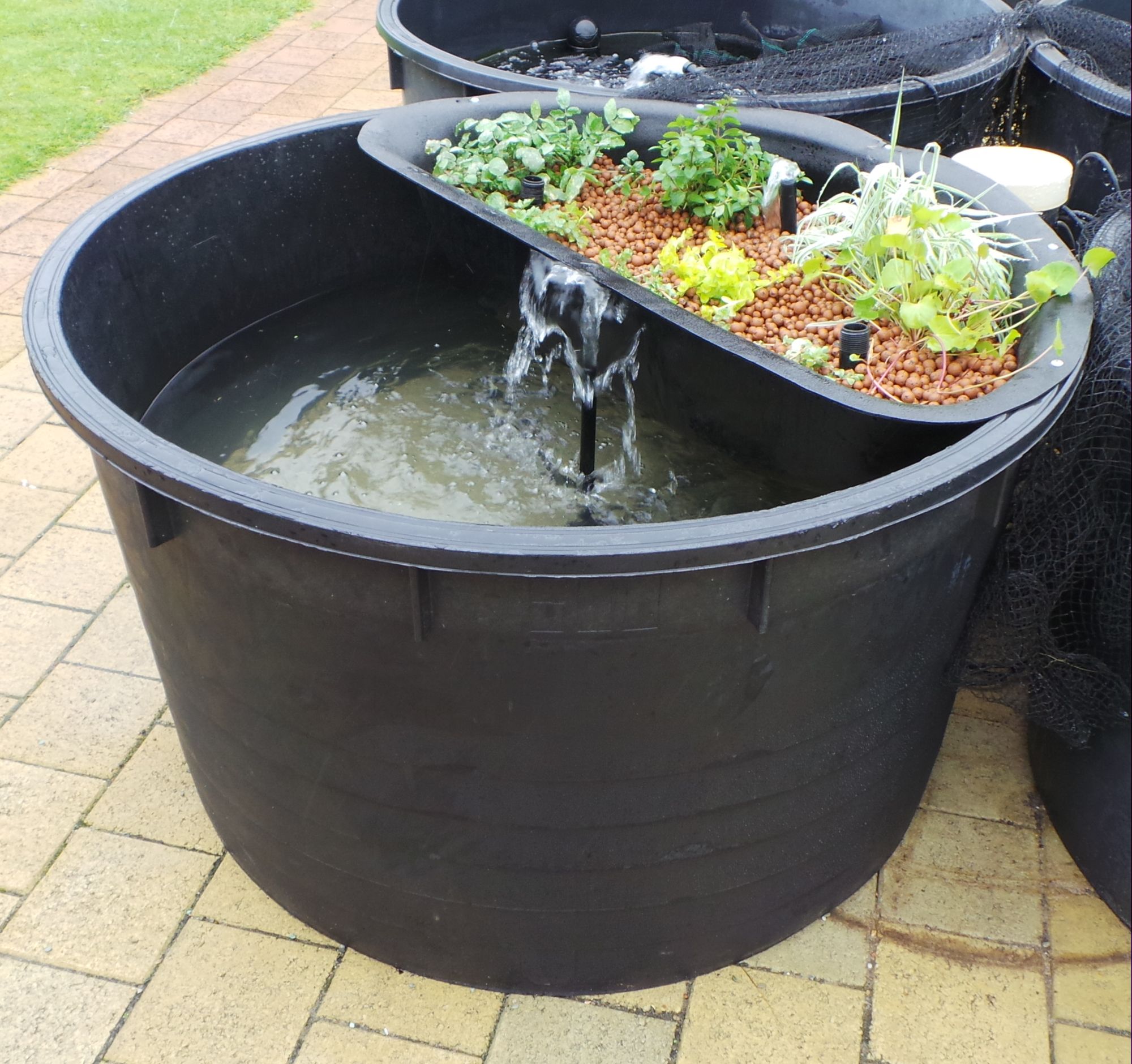
Aquaponics kits come with various features and components to support the symbiotic relationship between fish and plants. These elements work together to create a self-sustaining ecosystem.
Key components of aquaponics kits include:
Fish Tanks
Fish tanks serve as the habitat for the fish, providing them with a controlled environment to thrive. They come in various sizes and shapes, depending on the scale of the aquaponics system.
Grow Beds
Grow beds are where plants are cultivated. They are designed to provide optimal conditions for plant growth, such as proper drainage, aeration, and nutrient availability.
Water Pumps
Water pumps circulate water throughout the system, ensuring a constant flow of nutrient-rich water to the plants and oxygen to the fish.
Filtration Systems
Filtration systems remove waste products from the water, maintaining water quality and preventing the buildup of harmful substances.
Lighting Systems
Lighting systems provide artificial light for plants, particularly in indoor aquaponics setups. They simulate natural sunlight and ensure optimal plant growth.
Benefits of Aquaponics Kits
Aquaponics kits offer numerous advantages for both hobbyists and commercial growers. They provide an efficient and sustainable way to produce fresh, healthy food while conserving resources.
Here are the key benefits of using aquaponics kits:
Increased Food Production
Aquaponics kits allow you to grow a variety of plants and fish in a compact space. By combining aquaculture (fish farming) with hydroponics (growing plants in water), you can maximize food production while minimizing land and water usage.
Reduced Water Consumption
Aquaponics systems are highly water-efficient. The water used to raise fish is also used to irrigate plants, which eliminates the need for additional watering. This can save significant amounts of water, especially in arid regions.
Improved Water Quality
Aquaponics systems naturally filter and clean the water. Plants absorb nutrients from the water, which helps to remove pollutants and maintain a healthy environment for the fish.
Sustainable and Environmentally Friendly
Aquaponics is a sustainable and environmentally friendly way to grow food. It reduces water consumption, minimizes waste, and does not require the use of chemical fertilizers or pesticides.
Factors to Consider When Choosing a Kit
When choosing an aquaponics kit, there are several key factors to consider to ensure it meets your specific needs and requirements. These factors include:
Size and Capacity:Determine the size of the kit you need based on the space available and the number of fish and plants you plan to grow. Consider the dimensions, volume, and weight of the system.
Type of Fish and Plants
Choose a kit that is compatible with the type of fish and plants you intend to cultivate. Different species have varying water quality requirements, temperature ranges, and feeding needs. Research the specific requirements of your chosen species and select a kit that can accommodate them.
Budget
Aquaponics kits vary in price depending on size, features, and components. Establish a budget and compare the costs of different kits to find one that fits your financial constraints.
Experience Level
Consider your experience level in aquaponics. If you are a beginner, choose a kit that is easy to set up and maintain. For experienced aquaponists, a more advanced kit with customizable features may be a better option.
Setup and Maintenance
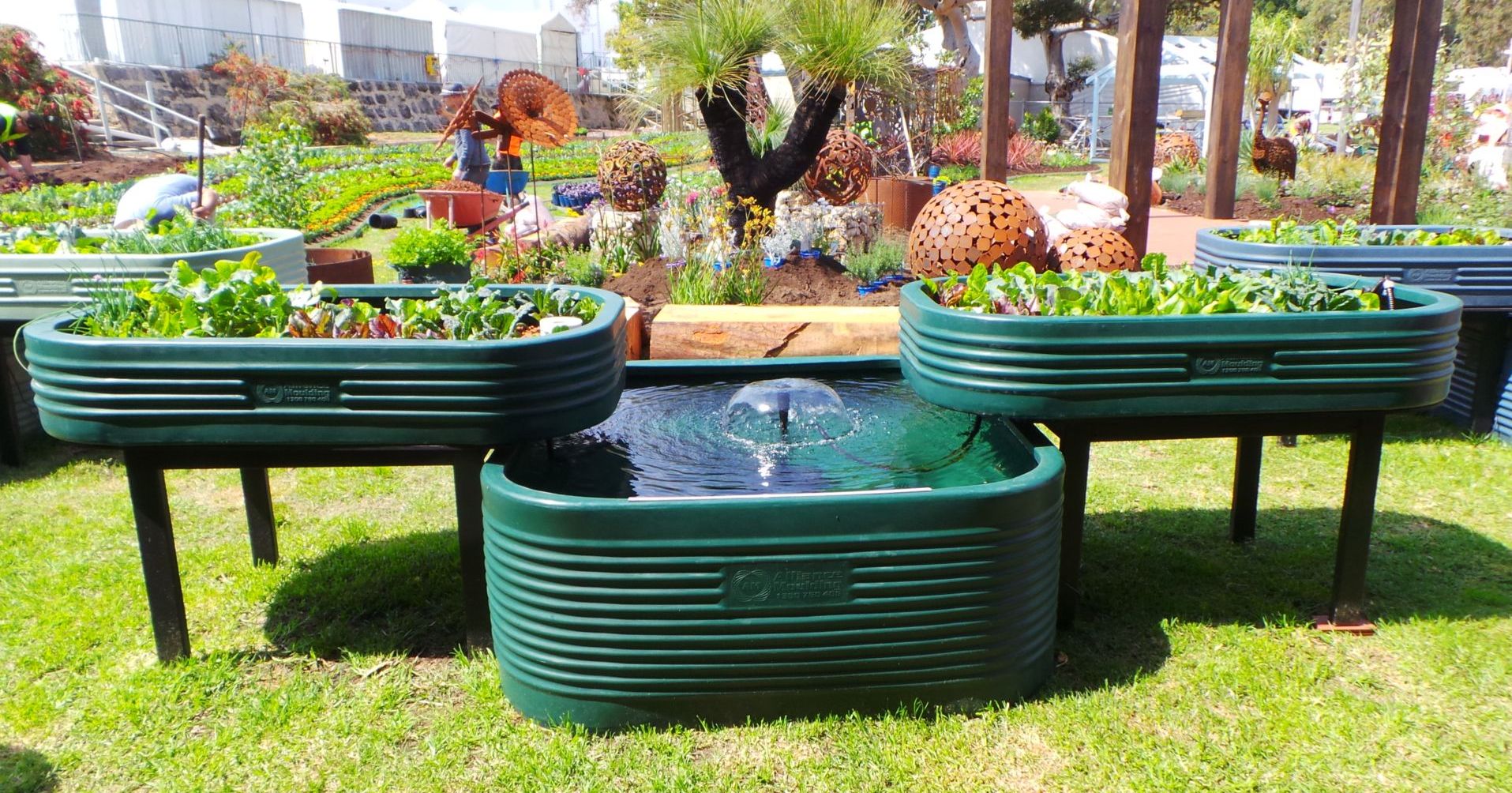
Setting up and maintaining an aquaponics kit involves several important steps. Proper assembly, cycling, monitoring, feeding, and harvesting are crucial for the success of your aquaponics system.
Follow these steps for successful setup and maintenance:
Assembling the Components
Follow the instructions provided with your aquaponics kit to assemble the components correctly. This includes setting up the fish tank, grow bed, and connecting the water pump and other necessary equipment.
Cycling the System
Cycling is the process of establishing beneficial bacteria in your aquaponics system. It is crucial for the health of your fish and plants. Cycle the system for 4-6 weeks before adding fish or plants.
Monitoring Water Quality
Regularly monitor the water quality of your aquaponics system, including parameters such as pH, ammonia, nitrite, nitrate, and dissolved oxygen. Adjust the water conditions as needed to maintain optimal levels for both fish and plants.
Feeding the Fish
Feed your fish a high-quality diet appropriate for their species and size. The amount and frequency of feeding will vary depending on the fish type and water temperature.
Harvesting the Plants
Harvest your plants when they reach maturity. Use sharp shears or scissors to cut the plants at the base. Regular harvesting encourages new growth and maintains the health of your plants.
Troubleshooting
Aquaponics kits are generally reliable systems, but occasional problems can arise. Here are some common issues and their solutions:
Water Leaks
- Check for holes or cracks in the plumbing or tank.
- Tighten any loose fittings or connections.
- Use a sealant or patch to repair any leaks.
Fish Disease
- Monitor the water quality regularly and ensure it meets the optimal parameters for your fish species.
- Quarantine any new fish before adding them to the system.
- Treat any diseases promptly with appropriate medications.
Plant Nutrient Deficiencies
- Test the water regularly to determine the nutrient levels.
- Add appropriate fertilizers to supplement any deficiencies.
- Consider adding a biofilter to enhance nutrient cycling.
Resources and Support
Aquaponics is a growing field with a wealth of resources and support available to enthusiasts. These resources can help you learn more about aquaponics, troubleshoot problems, and connect with other aquaponics enthusiasts.
Online Forums
Online forums are a great way to connect with other aquaponics enthusiasts and get answers to your questions. There are many different aquaponics forums available, so you can find one that fits your specific interests and needs.
Books and Articles
There are many books and articles available on aquaponics. These resources can provide you with in-depth information on all aspects of aquaponics, from system design to fish care.
Local Clubs and Organizations
Local clubs and organizations are a great way to meet other aquaponics enthusiasts in your area. These groups often host meetings, workshops, and other events that can help you learn more about aquaponics.
Final Thoughts
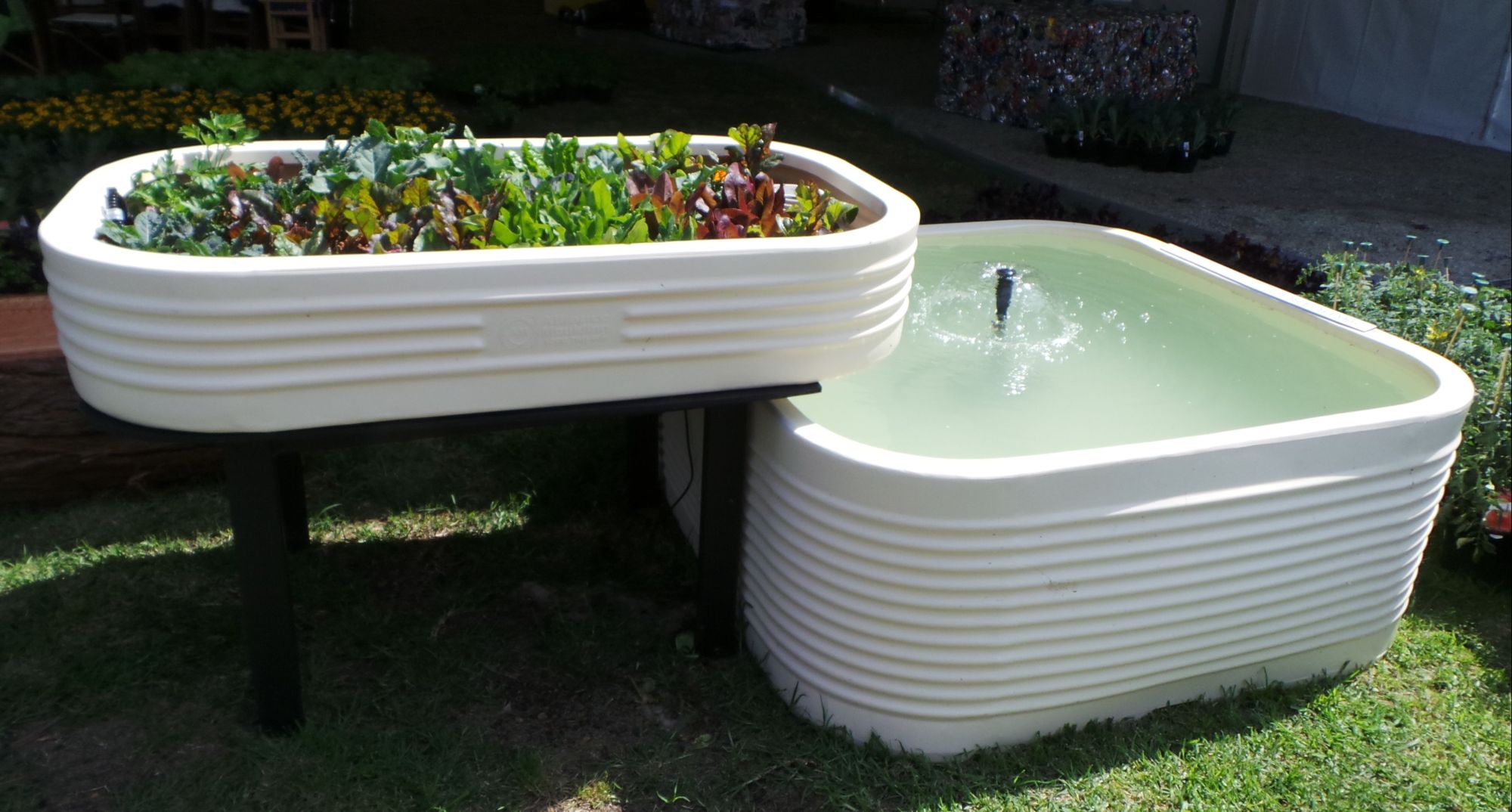
Investing in aquaponics kits for sale is a smart choice for anyone looking to embrace sustainable living, reduce their environmental impact, and enjoy the satisfaction of growing their own food. With a wide range of kits available to suit different needs and experience levels, there’s an aquaponics kit for sale that’s perfect for you.
Popular Questions
What are the benefits of using aquaponics kits?
Aquaponics kits offer numerous benefits, including increased food production, reduced water consumption, improved water quality, and environmental sustainability.
What types of aquaponics kits are available?
There are various types of aquaponics kits for sale, including small-scale kits for home use, commercial-scale kits for large-scale production, and DIY kits for those who want to build their own systems.
How do I choose the right aquaponics kit for me?
When choosing an aquaponics kit, consider factors such as size and capacity, type of fish and plants you want to grow, your budget, and your experience level.

